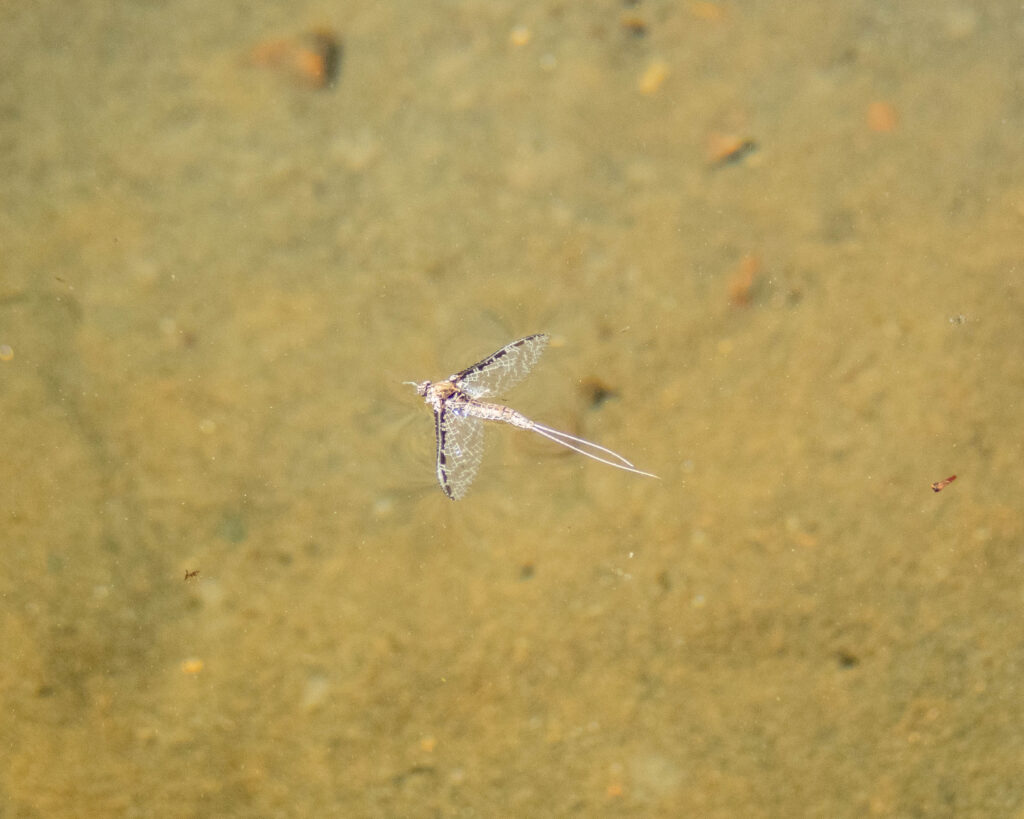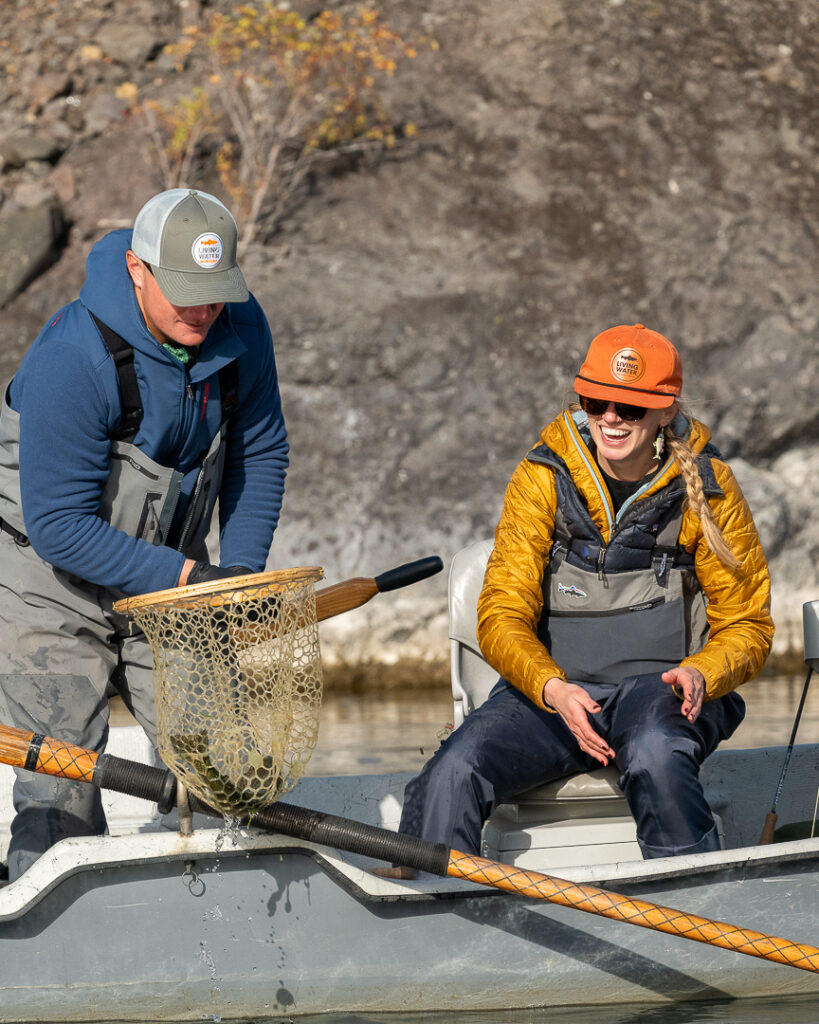The Missouri River is renowned for its large, surface-feeding trout. “Head hunting for trout,” is the art of targeting individual rising fish. Head hunting is a challenge that requires precision, patience, and an understanding of trout behavior. This technique is especially popular on the Missouri from Wolf Creek , Craig and clear down river to Cascade Montana, where clear water and prolific hatches create perfect conditions for spotting and targeting to trophy Brown and Rainbow trout.
The Art of Head Hunting the Missouri
Head hunting involves locating individual trout that are feeding on the surface and making precise casts to entice them to take your fly. Unlike blind casting or nymphing, this technique is all about sight fishing, which means you need to be able to spot rising trout and make accurate, delicate presentations.

Tips and Tactics When Hunting For Big Trout
- Observe Before You Cast:
- Patience is key when dry fly fishing the MO. Before making any casts, spend time watching the water. Look for subtle rises, bubbles, or the telltale “dimpling” of a trout feeding just below the surface. These clues will help you locate feeding fish and determine what they’re eating.
- Match the Hatch:
- On the Missouri River, spinners , emergers and cripples are king. Matching the hatch is not essential but you should carry a variety of flies that imitate the local insects. Popular patterns include Parachute Adams, PMDs, Caddis, and various midge patterns. Pay attention to the size and color of the insects on the water and choose your fly accordingly.
- Use Long Leaders and Fine Tippets:
- The clear flat water of the Missouri River means that trout can be easily spooked. To increase your chances of a take, use a long leader (9-12 feet) and fine tippets (4X to 5X). This setup allows for delicate presentations and reduces the chances of the fish seeing your line.
- Approach Stealthily:
- Trout in this section of the river can be wary, especially in heavily fished areas. When approaching a rising fish, move slowly and keep a low profile. Avoid sudden movements, and if possible, stay seated if your in the drift boat.
- Perfect Your Casting:
- Accuracy is everything in head hunting. Practice casting to specific targets, as you’ll often need to place your fly within inches of a feeding fish. Aim for a natural drift, allowing your fly to move with the current in a way that mimics a real insect.
- Stay Patient:
- Head hunting for trout below Holter Dam requires patience and persistence. It can be tempting to cast repeatedly at a fish that isn’t taking your fly, but often it’s better to wait for the perfect moment. Watch how the fish is feeding, adjust your fly or presentation, and be ready to cast when the fish is in a prime position to see your fly.
- Consider the Drift:
- The Missouri River has complex currents that can create challenging drifts. Pay close attention to how your fly is moving in the water. Mend your line as needed to avoid drag and keep your fly drifting naturally. In some cases, a reach cast or other specialized technique may be necessary to achieve the desired drift.
- Timing is Crucial:
- Timing your cast is crucial when head hunting. Try to place your fly just ahead of where the fish is feeding, so it drifts naturally into the fish’s feeding lane. If the fish refuses your fly, don’t immediately cast again. Wait, observe, and adjust your strategy before making another cast.
- Have a Backup Plan:
- Sometimes, despite your best efforts, a trout will refuse your fly. In these cases, have a backup plan. Carry a few different patterns and be ready to switch flies if needed. Also, consider changing your approach—sometimes a small nymph dropper behind your dry fly can entice a hesitant fish.
- Focus on Prime Times:
- Early morning and late evening are often the best times for head hunting on the Missouri River, especially during the summer months when the sun is lower, and the water is cooler. During these times, trout are more likely to feed aggressively on the surface.
Precision, Patience, and Skill
Head hunting for trout on the Missouri River in Montana is one of the most rewarding fly fishing experiences you can have. It’s a game of precision, patience, and skill, where the rewards come not just in the form of large, beautiful trout, but also in the satisfaction of fooling a wary fish with your carefully chosen fly and perfect presentation.

Whether you’re targeting rising fish during a prolific PMD hatch or seeking out solitary risers in quieter waters, the Missouri River offers endless opportunities for head hunters. So next time you’re on the water, take the time to slow down, observe, and enjoy the challenge of targeting big trout on the Missouri River.


 Trout Spey Flies for the Missouri River
Trout Spey Flies for the Missouri River
Leave a Reply